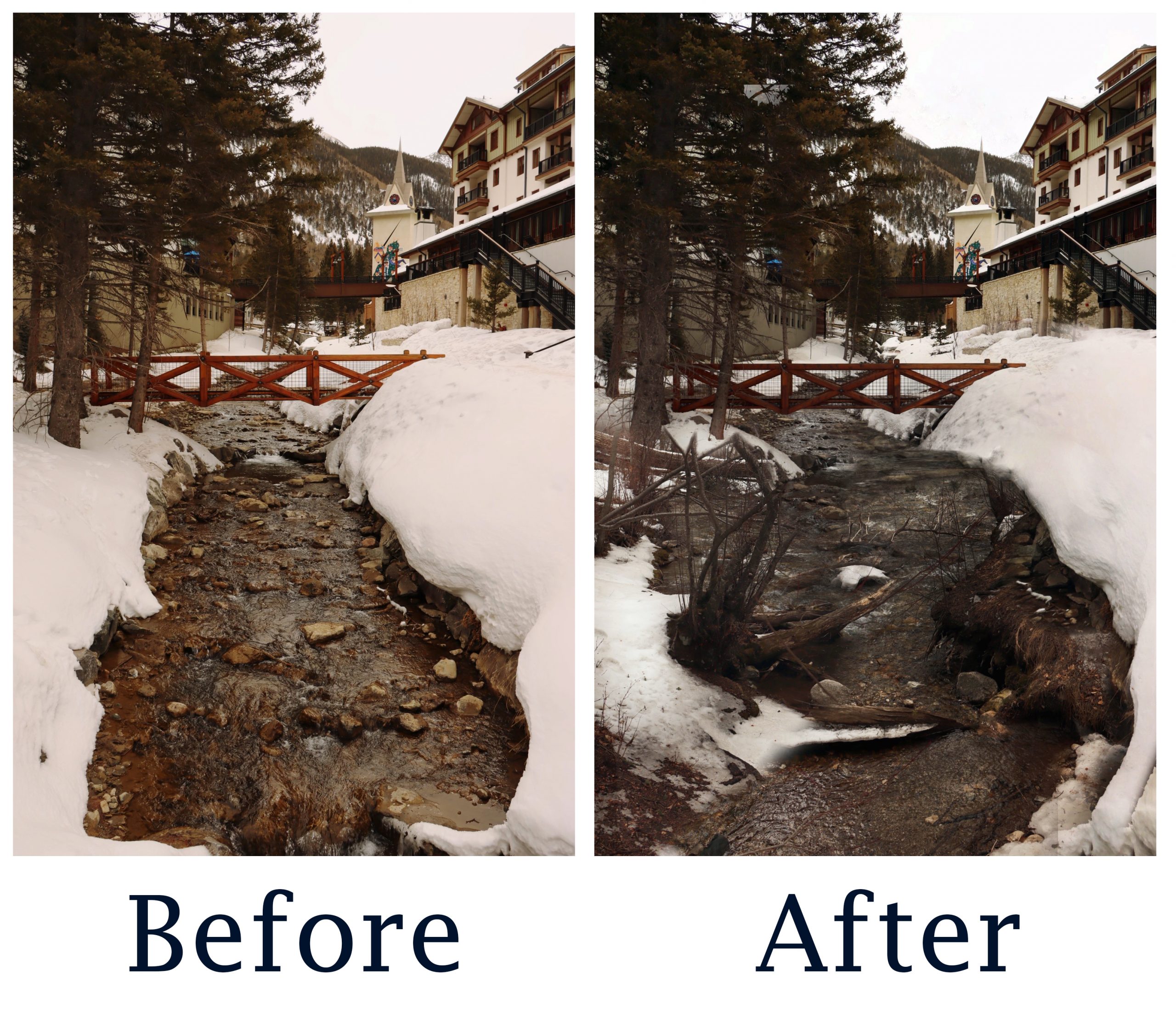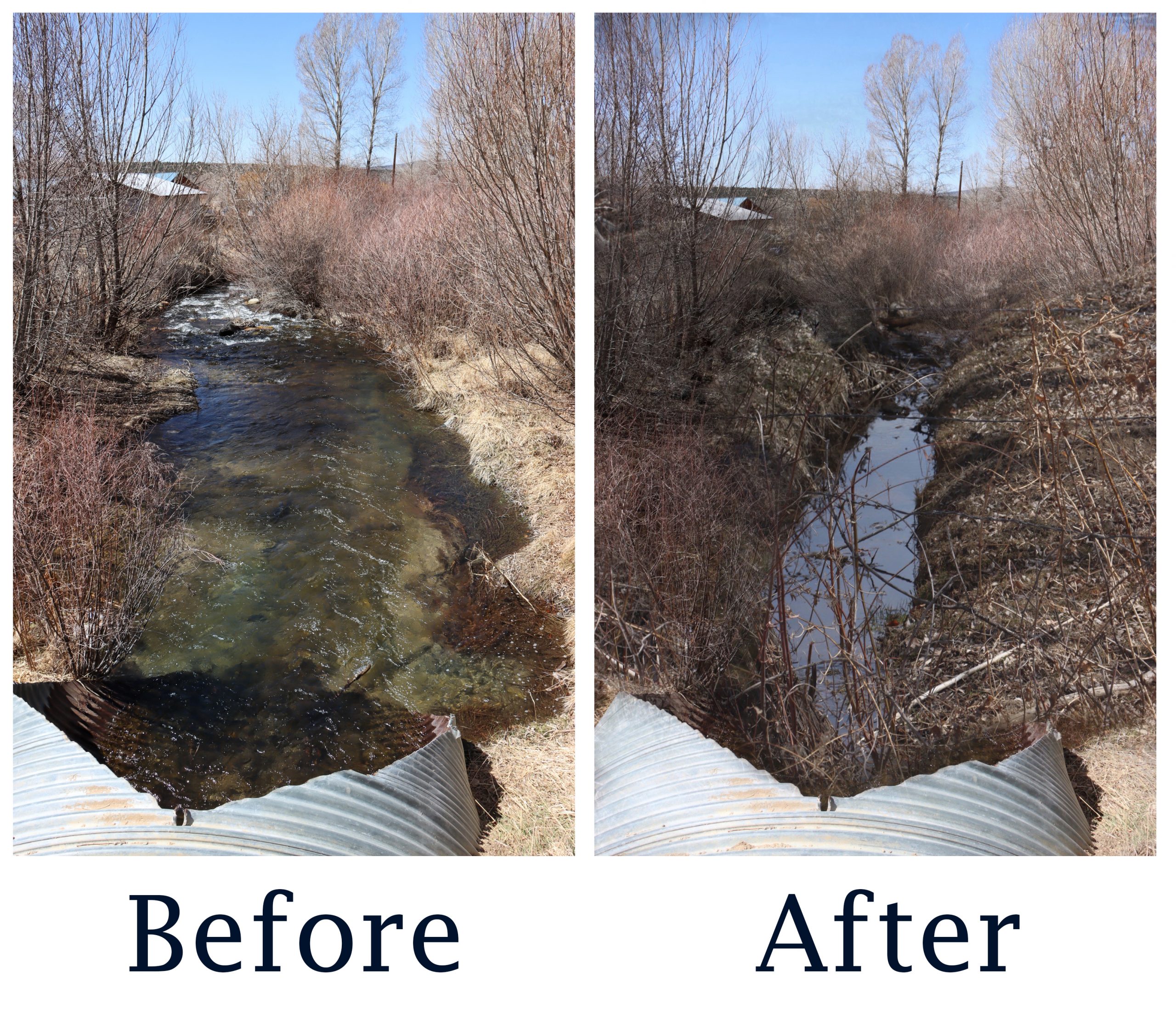By Sa’angna Mi’ila Gollette.
Project submitted through Grand Challenges Scholars program, Sustainable Water Resources Team.

My project, The Nurturing of Paisaje del Agua mainly focuses on showing the effects on the role climate change has on our traditional acequia systems here in New Mexico. Acequias are a system of ditches or canals that are generally community-operated to carry water to irrigate distant fields and have been used to control and allocate water in drought-prone regions of New Mexico for centuries. An acequias can easily be defined as a canal that can extend past the riparian zone of its environment.
My mentor, Dr. William Fleming, helped inspire my idea for my water communication project, as I was able to use his article Ecosystem Services of Traditional Irrigation Systems in Northern New Mexico, USA to guide me, as I wanted to focus on the destruction of both water quality and vegetation when developing my ideas. My project looks at the Taos County Rio Hondo Watershed, with a focus on both the upper (Taos Ski Valley, NM) and lower (Arroyo Hondo, NM) parts of the watershed. The Taos County Watershed covers approximately 280,000 acres along the western slope of the Sangre de Cristo Mountains in Taos County and supplies water to eleven acequias systems. These systems offer support for food security to crops and vegetation, from nutrient recycling, healthy soil formation, to season extension farming (allowing crops to be harvested although it’s not their normal production season).
My findings helped me gain insight on how much acequias are dependent on the natural health of the Rio Hondo Watershed from its contribution for the health of biodiverse environments and local communities.
The Upper Rio Hondo Water Shed shot in Taos Ski Valley, NM

The before picture shows an original view of a healthy flowing stream as it is surrounded by snowfall.
The after picture shows the beginning effects of soil erosion leading to destruction of sediment that will cause both an abnormal flow of water and a change of habitat for microorganisms living in the watershed.
The Lower Rio Hondo Watershed shot in Arroyo Hondo, NM

